On Nov. 27, regular-season Developmental League, or D-League, basketball will come to the Pioneer Valley when the Springfield Armor square off against the Iowa Energy at the MassMutual Center. Tip-off that night will cap months of work to bring a team here and then introduce it the Western Mass. community. Principle owner Michael Savit, who picked Springfield over a host of other cities in the Northeast, including Providence and Worcester, admits that this decision represents a bit of gamble, but one that he believes will eventually pay off.
Michael Savit says he could, in theory, have placed an NBA Developmental League team almost anywhere in the country.
But thats not what Savit, owner of several minor-league baseball teams, had in mind, nor was just anywhere what the National Basketball Assoc. wanted, either. The NBA wanted the D-League, as its called, to expand eastward and northward (most of its 16 teams are west of the Mississippi), and Savit a native of Boston who operates his business, the HWS Group, in Wellesley wanted to locate a team close to home.
He looked at cities ranging from Providence to Worcester, to Kingston, home of the University of Rhode Island, but ultimately decided on Springfield.
I decided that if I was going to give this a shot, Springfield made the most sense, he said, citing everything from the citys status as the birthplace of basketball to its proximity to Hartford, Worcester, and other population centers. I just had a feeling, a gut instinct, that this was a basketball community.
Soon, hell get to see if those instincts are correct. The franchise now known as the Springfield Armor (a name chosen in part to reflect another piece of the citys history, the Springfield Armory) will begin its regular season with a Nov. 27 game against the Iowa Energy at the MassMutual Center.
Alex Schwerin, the Armors general manager, isnt predicting a sellout for that night, but he says filling the house is definitely doable given the extensive promotional work being done and the level of interest hes witnessing. Overall, hes projecting first-year attendance of perhaps 3,000 per game (not quite half the capacity of the MassMutual Center for D-League games), which would be a solid start for the new franchise and enough to at least break even for the year, which is the unofficial goal going in, or one of them, anyway.
Minor-league sports is not a huge moneymaker from year to year, he explained. But if the league does well and the team does well, then the value of that franchise will increase, and if youre an owner or an investor, thats what youre looking for.
For the past several months, Schwerin, a graduate of the UMass Amherst Sports Management Program who worked for some of Savits baseball teams before being given the opportunity to guide the Armor out of the gate, has been putting the pieces in place for the inaugural season. Such work includes everything from assembling a management team and hiring a coach (former Celtics star Dee Brown) to picking a name (a rather involved process) and even hiring a dance team that will perform during the games.
But much of his work falls under the category of building awareness for this team and making it part of the regional landscape. This has been ongoing, and tireless, work, he said, noting that he, Sales Director Eric Reddy, and, more recently, Brown have ventured anywhere and everywhere they can to be visible and amass some name recognition for their franchise.
Weve been to pancake breakfasts, heart walks, chili cookoffs, you name it, said Reddy. Weve gone pretty much anywhere where we can get our name out in front of the public.
For this issue, BusinessWest goes behind the scenes with those readying the Armor for battle this fall. There will be two major initiatives, said Schwerin winning on the court, obviously, but also, and much more importantly, winning over fans and corporate sponsors.
Net Results
As part of his work to be visible and build awareness, Brown was behind the microphone on Oct. 30, addressing attendees at a so-called Developers Conference designed to familiarize the development community with opportunities that exist in the City of Homes.
He followed Mayor Domenic Sarno to the podium in the ballroom at the MassMutual Center, and was the last of a few morning speakers who preceded a lengthy bus tour of the city and afternoon remarks by city and state economic development leaders. Paraphrasing Browns remarks, he told those assembled that the Armor and the city of Springfield were essentially doing the same thing at the same time: creating some excitement and pulling the necessary ingredients together for success.
Like Springfield, were building from the ground up, said Brown, who told attendees that the NBA has a term for cities of Springfields size: micropolitan area. This means its not as big as a metropolitan area, but it certainly has the wherewithal to support a D-League franchise.
Brown has introduced a number of area residents and business owners to that term. Since being hired in August, hes spoken before groups ranging from area chambers of commerce to the Greater Springfield Convention & Visitors Bureau, to area nonprofit groups staging annual meetings. Often, these groups have dialed his number, seeking a celebrity voice, but just as often, the team is making him available as part of a broad marketing initiative.
Brown said his messages vary somewhat, but what he generally tells his audience is that the D-League is a quality product, worthy of an investment in a ticket.
Its not semi-pro
its professional basketball, Brown told BusinessWest, as he took a quick break from preparation work for the leagues player draft last week. Each NBA team has probably two or three players who spent time in the D-League; nearly 20% of the NBAs players spent some time at this level.
Schwerin concurred, noting that, if the 360 best basketball players now working in this country are in the NBA, most of the next 200 or so best players are in the D-League. Its some of the best basketball in the country, he said, noting that the Armor will serve as the affiliate to three NBA teams the New York Knicks, New Jersey Nets, and Philadelphia 76ers.
The teams rosters, capped at 12, will be made up of perhaps a few NBA players assigned to the D-league by their clubs to develop their talents (hence the name), Schwerin continued, with the balance comprised of former college players who were not drafted into the NBA, perhaps some former NBA players, and some from overseas. In each and every case, the players goal is to get to, or return to, the big leagues.
It was this quality of talent that convinced Savit that could sell the D-League product, and when the NBA approached him about establishing a team after a franchise in Anaheim folded, he consented, thus agreeing to join the likes of the Fort Wayne Mad Ants, the Maine Red Claws, the Tulsa 66s (named after the famous highway), and the Rio Grande Valley Vipers.
The question then became where to place this franchise, Savit continued, adding that Springfields geography, demographics, and historical attachment to the game invented by Dr. James Naismith eventually provided the answer.
And so far, Springfield is showing signs that it could be the basketball town that Savit perceived it to be. Schwerin and Reddy said that season-ticket sales have eclipsed the 1,500 mark, and they have confidence they can match that number with game-day sales to hit their attendance targets.
Still, they know that they still have considerable work to do to institutionalize the Armor brand and make this team part of the local fabric.
Points of Interest
Schwerin said the NBA announced the awarding of the Springfield franchise nearly a year ago, when he was in job-search mode. He left minor-league baseball and Savits employ to return to his native Western Mass. and seek opportunities here. When Savit called asked if he would be interesting in leading the D-League franchise, he jumped at the opportunity.
I was looking at some other things, he explained, but what really interested me in this was a new team; this represented a chance to start from scratch, which is somewhat of a unique thing in this business.
And start from scratch he has. Indeed, since April, he has been hard at work on a laundry list of to-do items needed to get the team ready for its 50-game schedule.
At the top of that list was assembling a management team, and one of his first draft choices was Reddy, who handled sales and marketing for the America East Conference (a college athletics league) until he was downsized earlier this year and found himself in search of a new opportunity.
Other steps included the hiring of Brown, enlisting much-needed support from the business community, making travel arrangements for lengthy road trips that will take the team across several time zones, selecting team colors (black and silver), coming up with a mascot (they have one, but it hasnt been named yet), and all manner of work that falls under the heading of marketing and public relations.
And then, there was the task of coming up with a name and logo. Regarding the former, team officials compiled a list of finalists Fame, Spirit, Colonials, and Founders were also on a list put through what Schwerin called the NBA washing machine to weed out potential copyright violations and politically incorrect monikers and then asked area residents to vote. Armor emerged as the winner.
The team then hired the Springfield-based marketing firm Six-Point Creative Works Inc. to come up with a brand, the imagery that will be used on everything from uniforms, stationery, and business cards to T-shirts and other merchandise for sale on game days and the teams Web site.
All of this took a back seat, of sorts, to the overriding mission the building of a financial model, which, in this case, was based on the majority of revenues coming from ticket sales. There is a small radio-broadcasting contract, said Schwerin, and many corporate sponsorships, but the rest of the revenue comes from the gate, which means a heavy emphasis on both season-ticket sales and game-day transactions.
As for corporate sponsorships, they form a solid revenue stream, Schwerin continued, and the team has secured several, from companies including MassMutual, Big Y Foods, Mercy Medical Center, the Springfield Sheraton, and others.
Overall, Schwerin is predicting that the Armor can at least break even in their first year of operation, but there are many unknowns and several intangibles.
There is a lot of overhead 12 of the teams are west of the Mississippi, and two are in California, ones in Nevada, ones in Idaho
that means considerable travel, he explained. But were very optimistic; theres a great deal of excitement surrounding this team.
To drive ticket sales, team officials are keeping prices low there are packages for so-called flex tickets (10 for $99), for example and focusing on group sales and getting families out.
There are birthday-party specials, for example, that offer 10 lower-level tickets for $99, said Reddy, with an added bonus: the birthday girl or boys name on the video board.
Meanwhile, the team is casting a wide net, trying to attract fans from not only the 413 area code, but also Connecticut, the Worcester area, Eastern New York, and other regions. The broad goal is to attract not simply the hardcore basketball fan, but the occasional fan who might be attracted to a product Schwerin said is better than Division 1 college basketball, as well as families looking for an economical night out.
And while winning on the court is obviously a factor in the teams success at the gate, the far-bigger ingredient is what Schwerin called simply the experience.
Our goal is to make people want to come back, he explained. To do that, we have to show them a good time, and that goes well behind what happens on the court.
At the Buzzer…
The Future of the NBA Today.
Thats one of the many marketing slogans now being employed by the Developmental League. It speaks to the level of talent on the display and the ultimate goal for those who take the court in Fort Wayne, Tulsa, Albuquerque, Reno, and Sioux Falls.
But the tagline also speaks to Springfields entry in this league. Indeed, the future is now, and Armor officials are intent upon making the most of their golden opportunity.
George OBrien can be reached at[email protected]



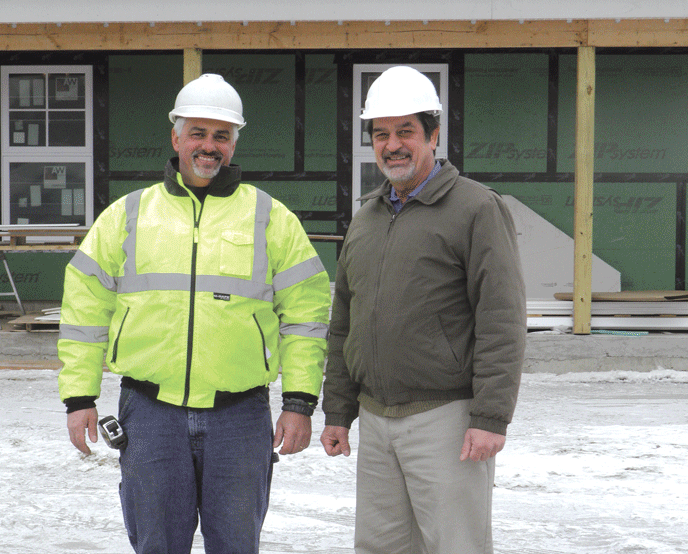
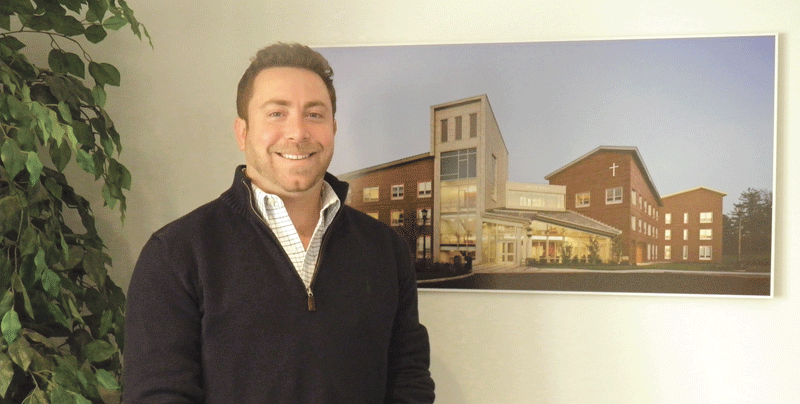
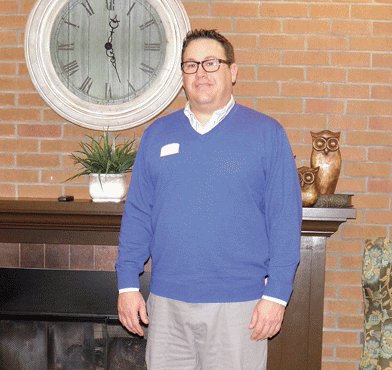


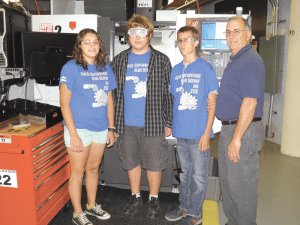
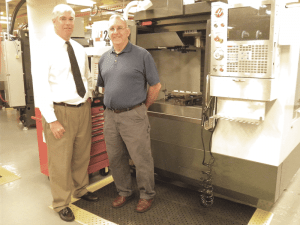

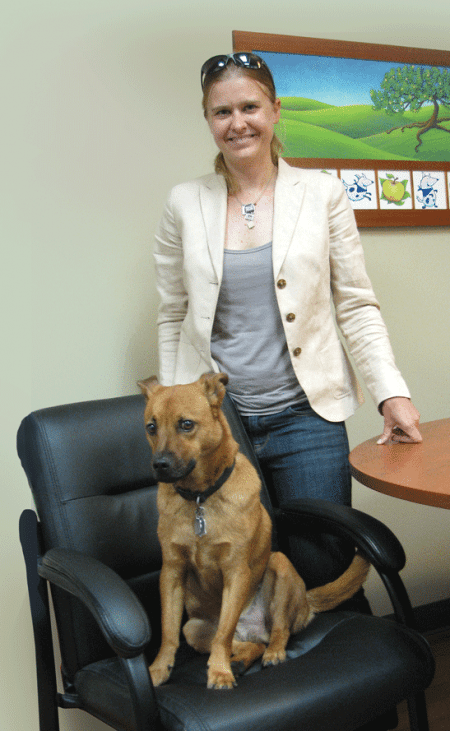



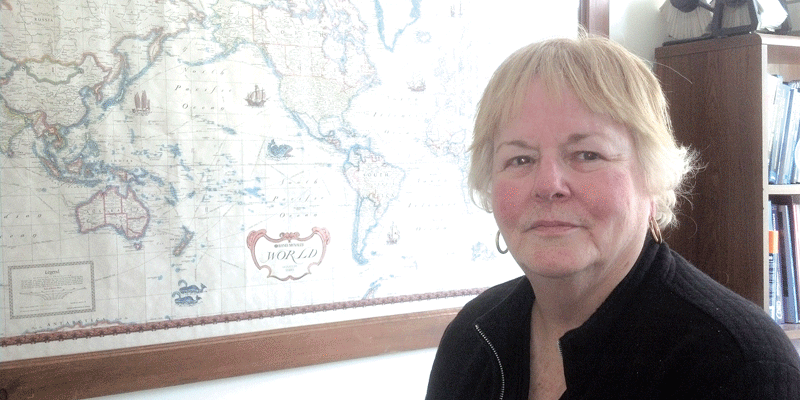
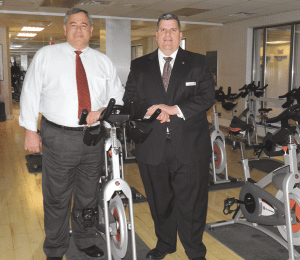
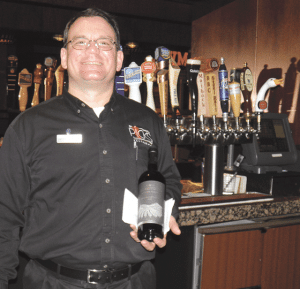


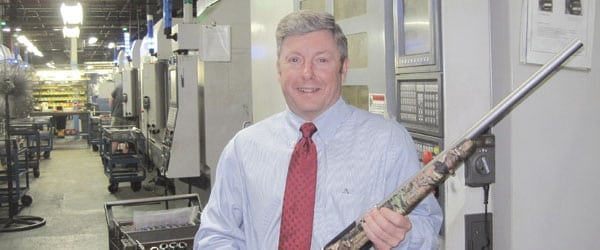
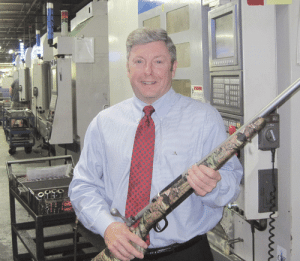

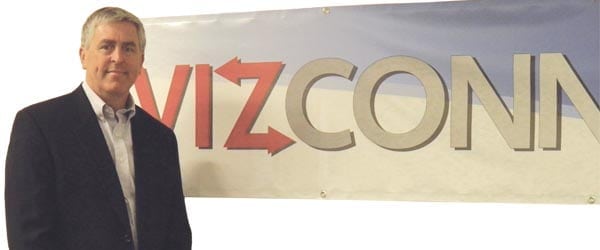
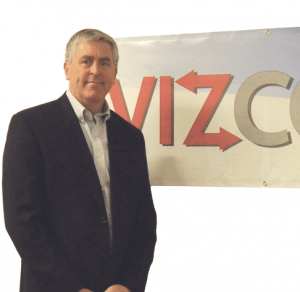
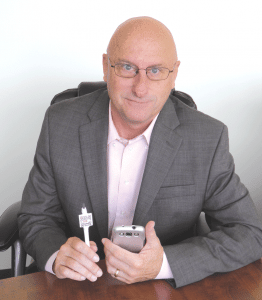
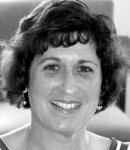






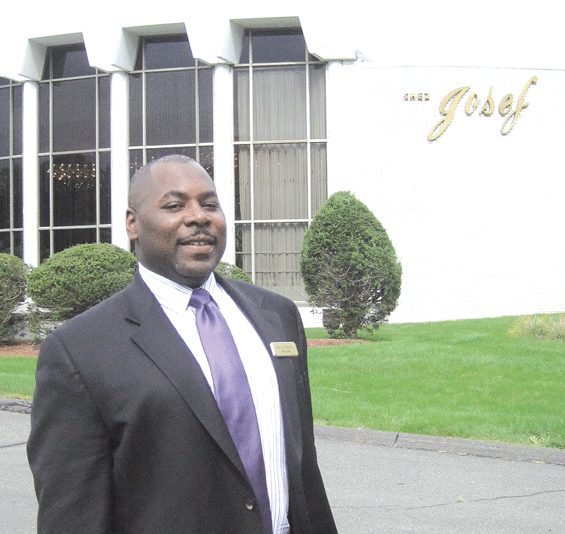
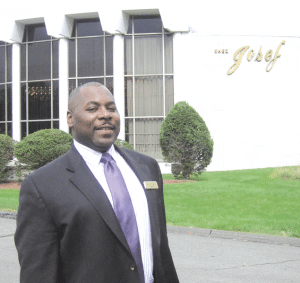




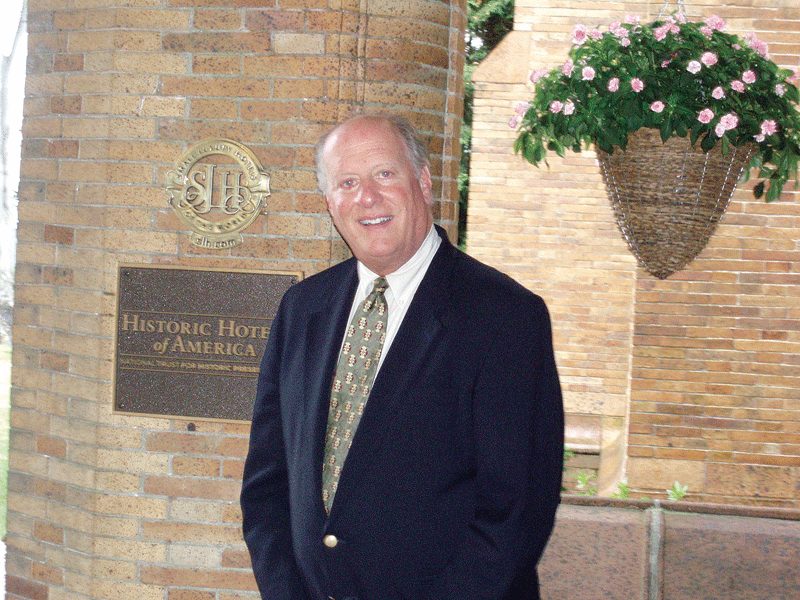

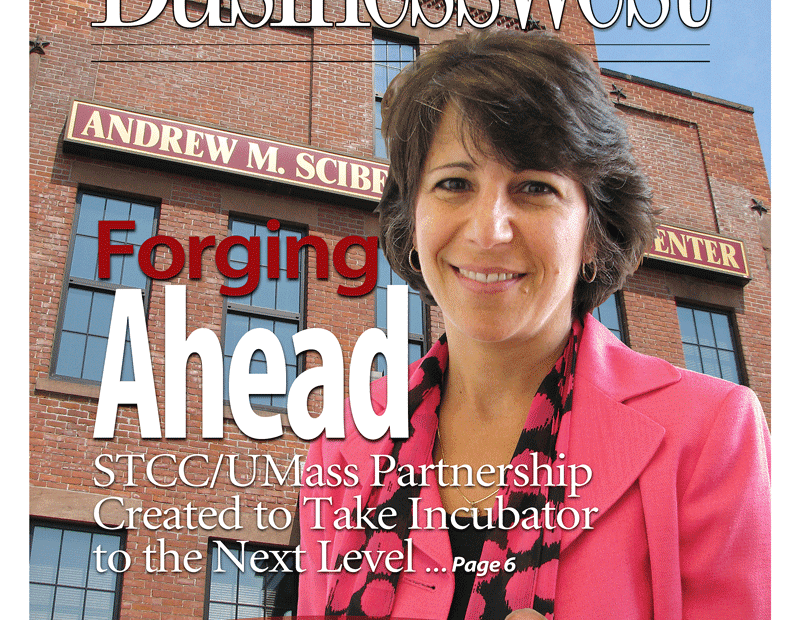
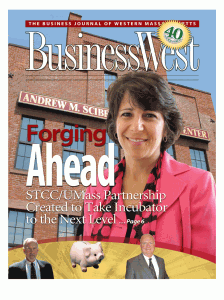

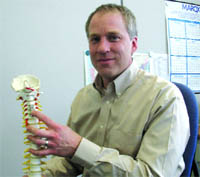

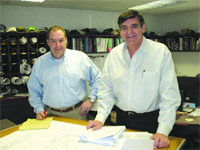


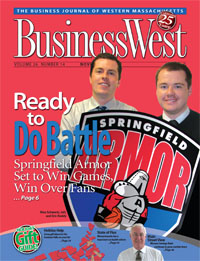


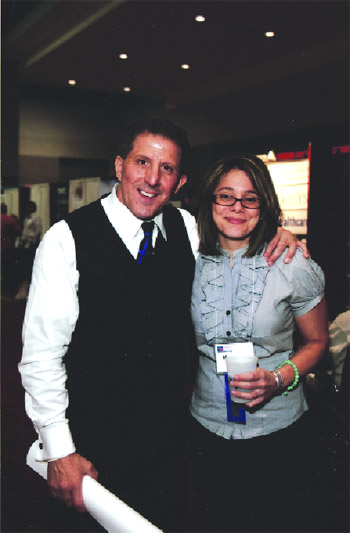
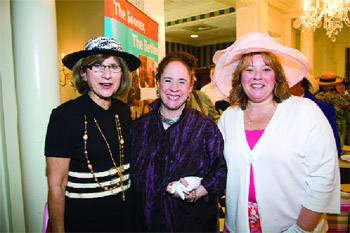
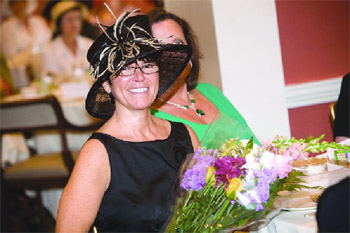

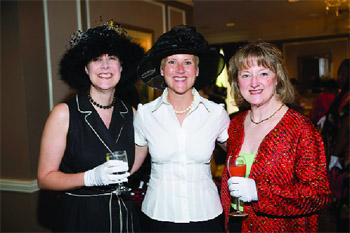
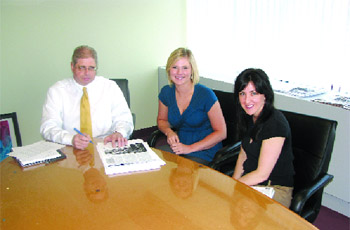
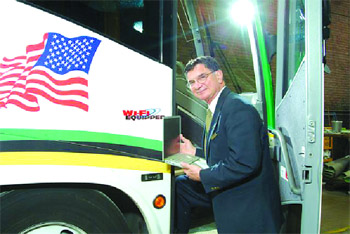

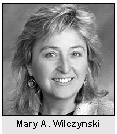
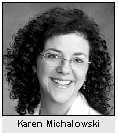
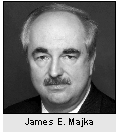 James E. Majka, CRPC, has joined Bancnorth Investment Group Inc. as a Financial Advisor based in the TD Banknorth branch in Westfield. Majka provides individualized retirement and financial planning, including individual retirement accounts, investment and managed-money programs, portfolio review, annuities, mutual funds, life insurance, long-term care insurance, wealth accumulation, and retirement plans for individuals, families, and small businesses.
James E. Majka, CRPC, has joined Bancnorth Investment Group Inc. as a Financial Advisor based in the TD Banknorth branch in Westfield. Majka provides individualized retirement and financial planning, including individual retirement accounts, investment and managed-money programs, portfolio review, annuities, mutual funds, life insurance, long-term care insurance, wealth accumulation, and retirement plans for individuals, families, and small businesses. 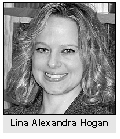 Shatz, Schwartz and Fentin, P.C., with offices in Springfield and Northampton, announced the following:
Shatz, Schwartz and Fentin, P.C., with offices in Springfield and Northampton, announced the following: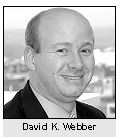 David Stanley Anton recently achieved membership in the prestigious Million Dollar Round Table (MDRT), the premier association of financial professionals. Anton is a one-year MDRT member. Attaining membership requires professionals to adhere to a strict code of ethics, focusing on providing top-notch client service, and continuing to grow professionally through involvement in at least one other industry association. Attaining membership in MDRT is a career milestone achieved by fewer than 1% of the world’s life insurance and financial services professionals.
David Stanley Anton recently achieved membership in the prestigious Million Dollar Round Table (MDRT), the premier association of financial professionals. Anton is a one-year MDRT member. Attaining membership requires professionals to adhere to a strict code of ethics, focusing on providing top-notch client service, and continuing to grow professionally through involvement in at least one other industry association. Attaining membership in MDRT is a career milestone achieved by fewer than 1% of the world’s life insurance and financial services professionals. 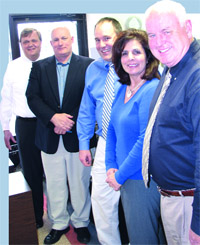

 PeoplesBank in Holyoke announced the following:
PeoplesBank in Holyoke announced the following:

